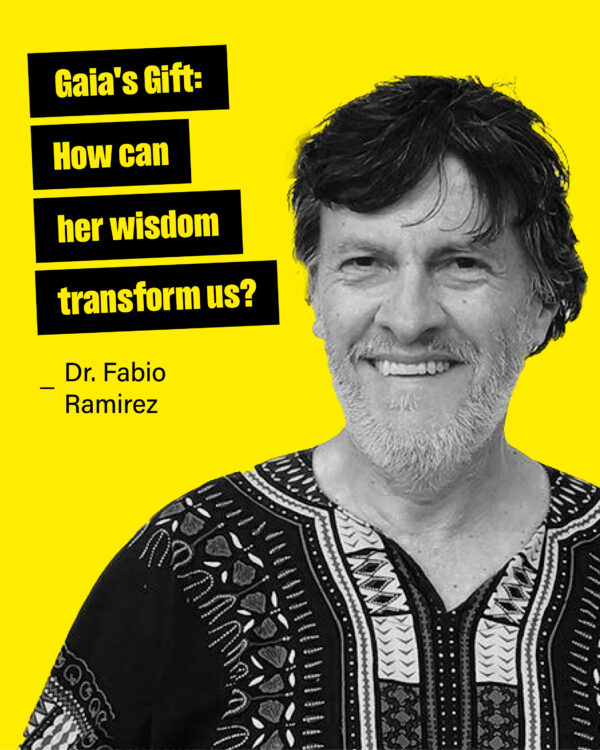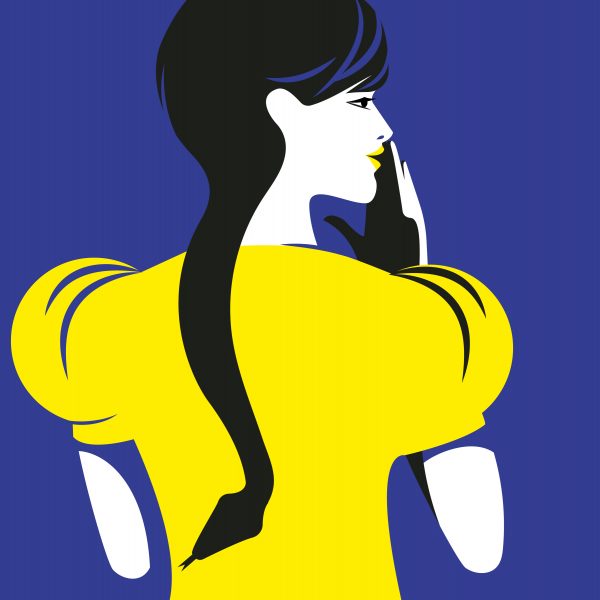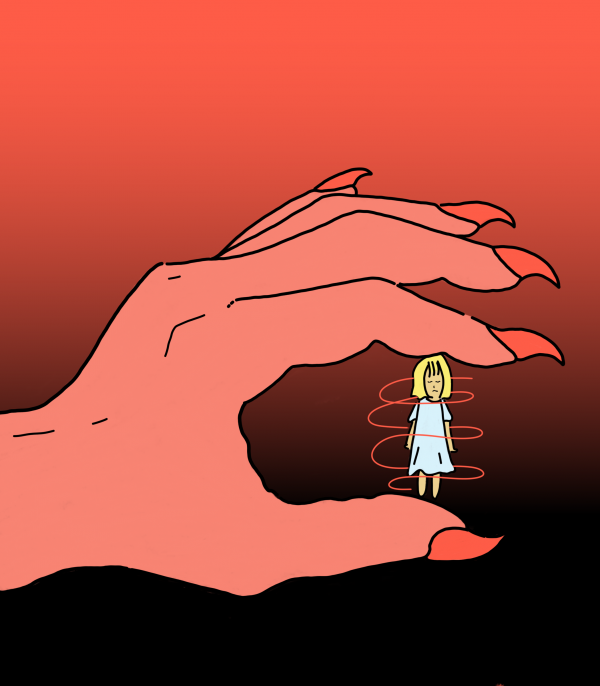Article by TWGE Redaktion
SPIRITUAL GAP. Symbolic Devaluation: How the Church Has Devalued Feminine Symbols through Three Signs or not?
The devaluation of symbols of female power in the church is a complex topic with many historical and societal backgrounds. It involves the removal or reinterpretation of symbols such as the goddess, mother figure, or other female archetypes in the Christian tradition. This process of devaluation has profound implications for the understanding of spirituality, gender roles, and the role of women in the church.
“Our Father in Heaven.” We have all grown up in the spiritual context of the church. Unless we were preached to as guilty sinners as children with “through my fault,” the spiritual power of the church is part of our collective unconscious. The feminine principle has been denied and devalued. Things that operate in the unconscious are often not tangible to us, but they work through symbolism within us.
We have reflected on our thoughts about the spiritual power of the church and questioned interesting symbols: please note that these are the thoughts of the editorial team and do not claim to be true.
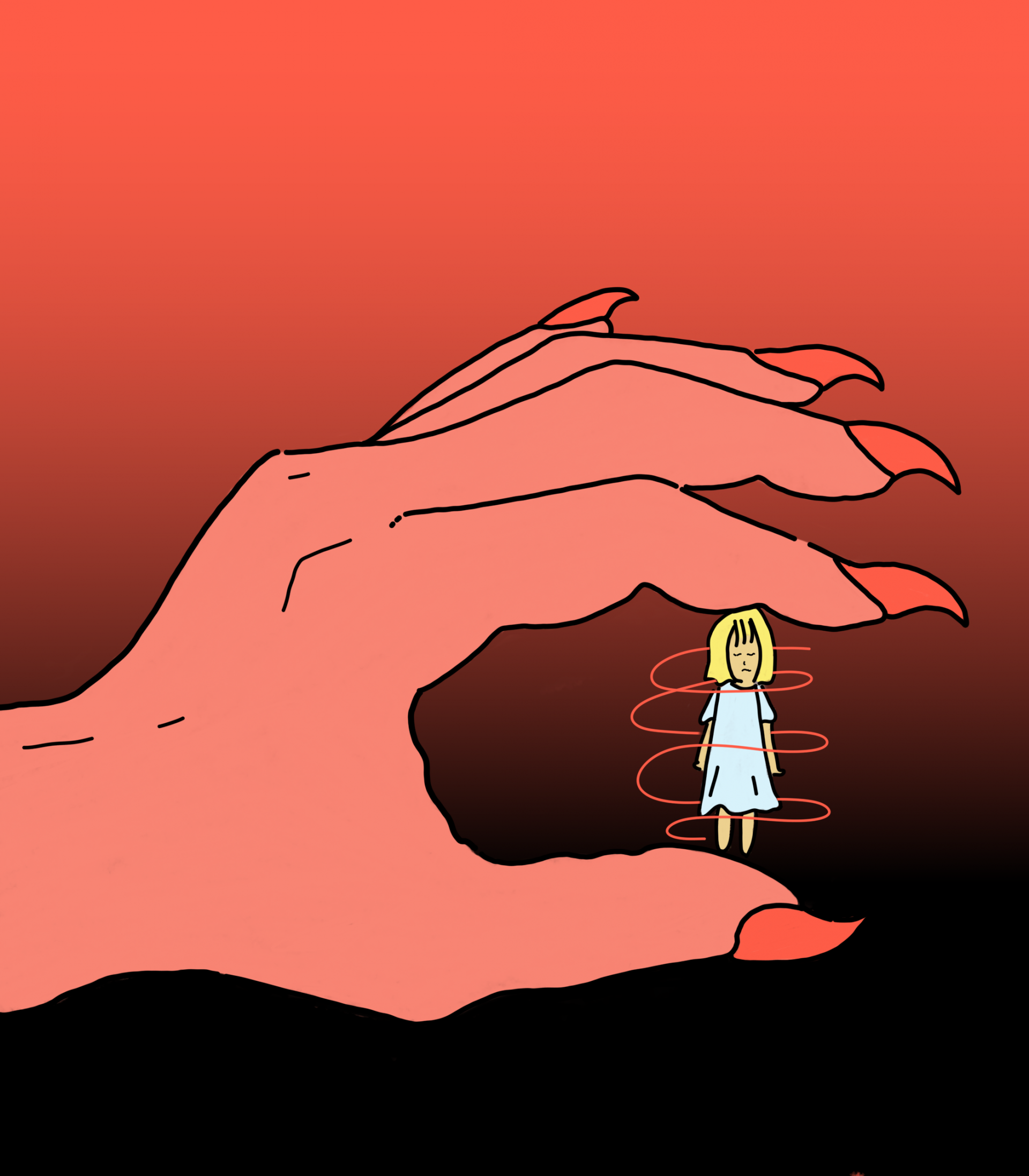
1.Why do priests wear dresses?
Have you ever noticed that all priests wear robes? In the Roman Catholic Church, women cannot be ordained as priests because the church believes that Jesus only called men to be apostles and that this tradition should be continued unchanged. The Catholic Church interprets the Gospel in a way that only men can be called to the priesthood.
The Catholic Church sees the priesthood as a vocation that comes directly from Jesus Christ. The church argues that the decision to ordain only men to the priesthood is based on this divine calling and tradition. The role of the priest as a mediator between God and the faithful is seen as something that should be exercised by men.
- Why Is the Mitre Headgear also Called the Womb?
The Mitre is a headgear worn by clergy of various religions, including the Roman Catholic Church. The meaning of the Mitre can vary depending on the context and religion.
In the Roman Catholic Church, the Mitre is a headgear worn by bishops and higher officials during certain services and ceremonies. The Mitre is meant to symbolize the authority and dignity of the bishop as a spiritual leader. The form of the Mitre in the Catholic Church is traditionally pointed with two upright ends, also called “horns.” Interestingly, Mitra can also mean “womb” or “endometrium” in Sanskrit. When combined with the clothing, this is an interesting consideration. The womb, as a receiving organ in which new life grows, is now found on the head of the priest (freely associated) and receives the divine spirit here. So maybe there is a connection, what do you feel?
“The male gaze on female menstruation as devilish power works deeply in the unconscious.”
- Why does the uterus have similar symbolism to the devil?
The depiction of the devil with horns in popular culture is widespread, and it is often a quick and easy way to mark a character as “evil” or “demonic.” However, it is important to note that this representation does not necessarily reflect the true nature of the devil or evil but rather a cultural construction. Interestingly, the devil bears a striking resemblance to the uterus. Menstruation as the ultimate “demonization” has caused a lot of pain for many women, and the collective silence about it is now breaking more and more. The uterus and its monthly transformation are discussed worldwide. However, since symbols work deep in the unconscious, there may be a connection from our perspective. Hollywood has even dedicated a whole genre to the emerging power of femininity, in which menstruating women are portrayed as demonic and possessed lunatics. The representation of menstruating women as possessed or crazy has been a common trope in popular culture, and it reflects the male gaze and the patriarchal attitudes towards female biology and sexuality. It reinforces the idea that menstruation is something shameful and taboo, and it perpetuates harmful stereotypes about women and their bodies. However, this representation is slowly changing as more women speak out and challenge these norms.
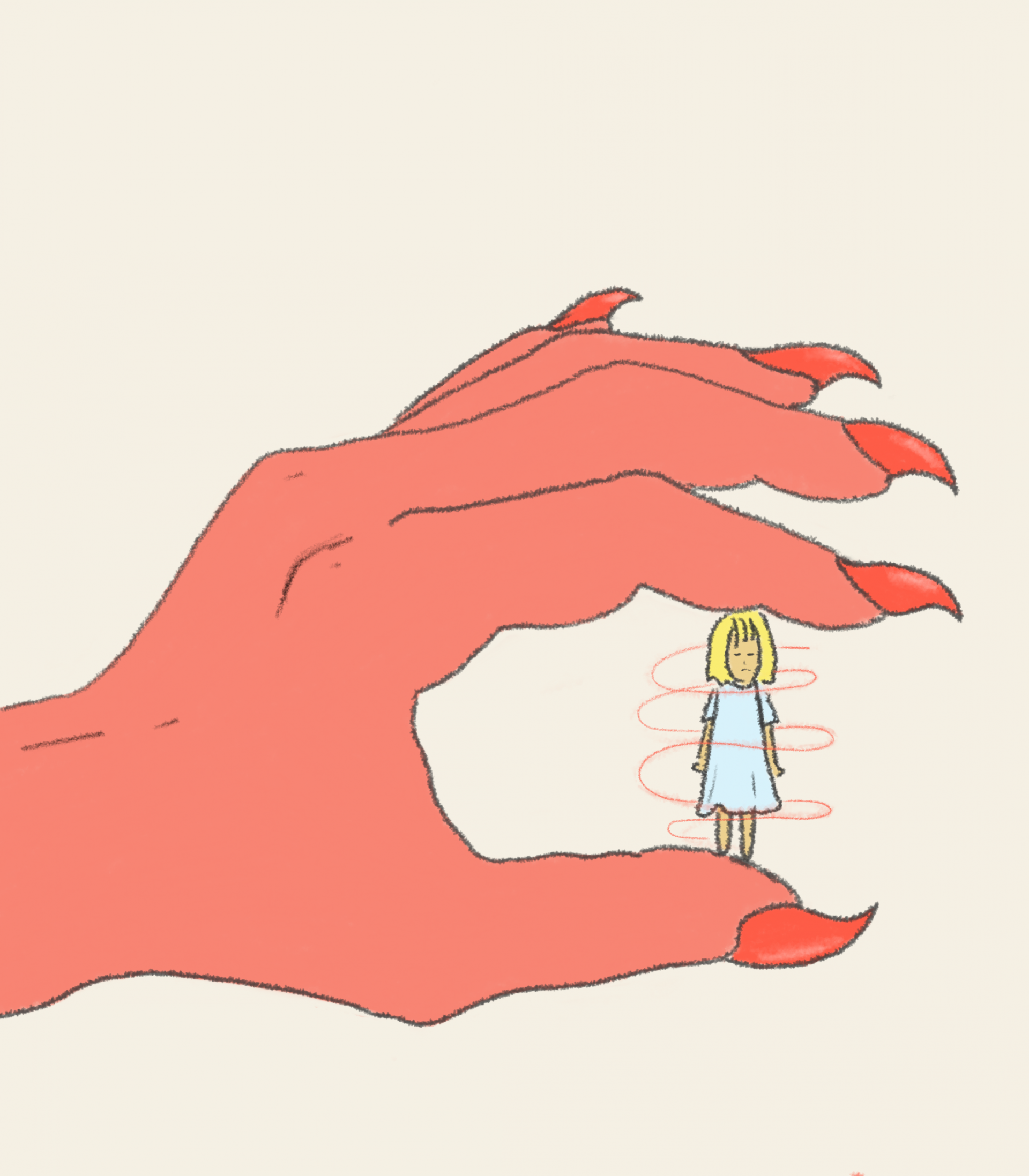
It has to end, you know.
the self hatred. the collective shaming. the disdain for others. the emotional armor. the buried pain. the displaced humans. the misplaced kindness. the repressed trauma. the fake positivity. the meaningless materialism. the forgotten heart.
it has to begin, you know.
the self love, the collective healing, the love for others, the emotional release, the liberated pain. the welcomed humans, the perpetual kindness, the honored story, the authentic feeling the meaningful purpose, the open heart. It is time.
Jeff Brown









